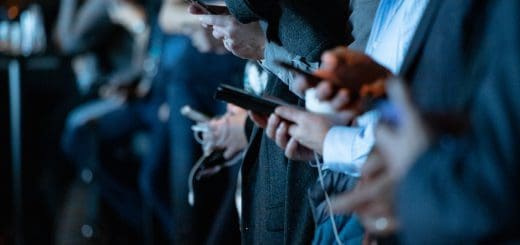Navigating the Internet with Social Anxiety
It’s not uncommon to be anxious to meet new people or be in a new, unfamiliar environment. It’s also not uncommon to feel terrified before performing something in front of a crowd, whether it be alone or with others. It’s also not uncommon to even feel a little bit nervous meeting people you’re comfortable with and know pretty well.
But then there’s social anxiety. Social anxiety takes this feeling and amplifies it, and being around others can cause physical symptoms such as sweating, nausea, and trembling. It can even have drastic effects on already established relationships and can prevent people from going to work and school. The fear of humiliation, judgment, and rejection when meeting others and taking part in activities can not only affect how those with social anxiety see themselves, but also prevent them from reaching their full potential.
Researchers have recently started looking into if similar results happen when people with social anxiety use social media and interact with others online. Often, the Internet is seen as a way of “escaping real life” and is a place of refuge with those with different degrees of social anxiety. This is true for adolescents too, who generally spend a significant time online as a whole. Studies have found that adolescents with social anxiety communicated online significantly more about personal things than those who said that they don’t have social anxiety or experience loneliness. Additionally, the more that an adolescent uses online games and spends time online gaming, the more likely they are to show more symptoms of social anxiety.
But why is it easier for adolescents with social anxiety to communicate online, to the point where they’re more likely to share more private and personal thoughts and information? One possible explanation is that they consider the spaces they go to online to be “protective” and find conversations online to be more satisfying. They don’t have to worry about seeing people’s reactions on their faces, which may cause worry, and they don’t have to feel the pressure of always having something to say.
There is also an association between social anxiety disorder and other mental illnesses, such as depression. Additionally, adolescents with social anxiety may fear going to the doctor’s or a therapist’s office, talking to the receptionist, and calling to make the appointment in the first place. Because of this, some researchers are hoping that these findings about socially anxious adolescents and their preference for communicating online can help them come up with interventions and methods to also deliver over the Internet to help with their corresponding mental illnesses. Delivering similar methods over the Internet and social media can feel less intensive and be more likely to be completed.
Do you have social anxiety? Where are you more comfortable communicating with others: online or in person? What are instances that you can think of where using the Internet can cause social anxiety? Has any of this changed during quarantine?







Recent Comments